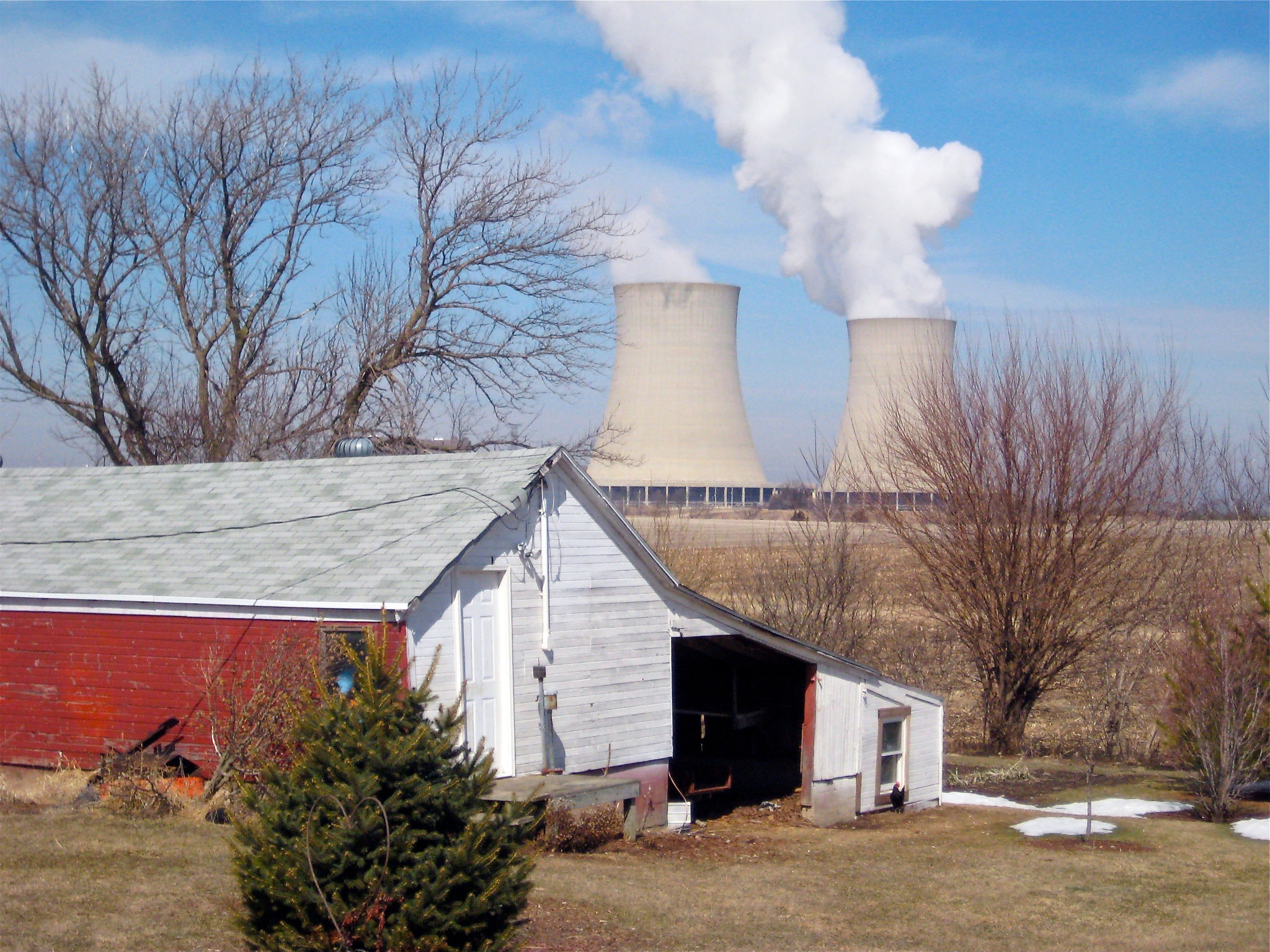
BY CORAL DAVENPORT | nytimes.com
WASHINGTON — A new report by staff members of the Nuclear Regulatory Commission, which oversees the safety of the nation’s 59 aging nuclear power plants, recommends that the commissioners significantly weaken or reduce safety inspections of the plants.
Edwin Lyman, the acting director of nuclear safety programs for the Union of Concerned Scientists, was highly critical of the proposal. “That’s bad because it could impair the ability of the N.R.C. to see larger patterns of violations at a plant,” he said, and called the proposal “a PR stunt. They’re doing it to make these things sound better.”
The report, published Tuesday, comes after a yearlong consultation and public meeting process, including views from the Nuclear Energy Institute, which lobbies on behalf of the nuclear power plant industry and has long sought weaker safety rules. It also comes amid a broader push by the Trump administration for reduced regulations on industry.
Democrats in Congress and nuclear safety advocates criticized the report’s proposals, saying they reflect the influence of an industry seeking to cut regulations rather than improve public safety.
The proposal comes as most of the nation’s nuclear power plants, which were designed and built in the 1960s or 1970s, are reaching the end of their original 40- to 50-year operating licenses. Many plant operators have sought licenses to extend the operating life of their plants past the original deadlines, even as experts have warned that aging plants come with heightened concerns about safety.
Among the chief recommendations in the new report, sent from Margaret M. Doane, the agency’s executive director for operations, to the panel of commissioners, is to decrease inspections of nuclear operators’ safety programs from once every two years to once every three years. That change would require a vote of approval by the commission.
A spokesman for the panel, Scott Burnell, wrote in an email that there is “no set timeline” for the commissioners to consider or vote on the proposals.
There are currently only four commissioners on the five-member panel, which includes two appointed by President Trump, one appointed by President George W. Bush and one appointed by President Obama. Mr. Trump has not nominated a fifth commissioner.
The report describes the recommendations as “targeted refinements” designed to make the “highly effective” oversight of the nation’s nuclear power plants, spread over 30 states “more risk-informed and performance-based.”
Senior House Democrats criticized the proposed changes and called for more public comment on them.
In a letter to Kristine Svinicki, chairwoman of the Nuclear Regulatory Commission, four House Democrats who oversee the agency’s budget and policies wrote, “It would be a mistake to attempt to make nuclear power more cost-competitive by weakening N.R.C.’s vital safety oversight. Cutting corners on such critical safety measures may eventually lead to a disaster that could be detrimental to the future of the domestic nuclear industry.”
The letter was signed by Representatives Frank Pallone Jr. of New Jersey, who chairs the House Energy and Commerce committee; Bobby L. Rush of Illinois, who chairs that panel’s subcommittee on energy; Nita M. Lowey of New York, who chairs the House Appropriations Committee; and Marcy Kaptur of Ohio, who chairs that panel’s subcommittee on energy programs.
Maria Korsnick, president and chief executive of the Nuclear Energy Institute, said in an emailed statement that her organization “applauds the N.R.C. staff effort to systematically evaluate the decades-old” inspection system. She said this would “ensure that it reflects a more robust understanding of the current performance of the U.S. nuclear fleet.”
The new report also recommends several changes to the agency’s system of flagging safety violations, which are currently ranked (in order of danger from mild to high) as green, white, yellow and red. Currently, if a plant is found to have a safety violation in the white to red range, that violation is kept on a plant operator’s record for a year. The new report recommends removing such violations from a plant’s record once it is resolved.
That change would also require a vote by the commission.
Edwin Lyman, the acting director of nuclear safety programs for the Union of Concerned Scientists, was highly critical of that proposal. “That’s bad because it could impair the ability of the N.R.C. to see larger patterns of violations at a plant,” he said.
The report also proposes making changes to the classifications of nuclear safety violation. Currently, violations in the “white” category are described as those that would create “low to moderate” risk in the surrounding community, while those in the “yellow” category are described as creating “substantial” community risk.
In a change that could be implemented by the agency staff without a vote by commissioners, the report proposes re-categorizing “white” safety violations as creating simply a “low” risk and “yellow” violations as creating a “moderate” risk. Mr. Lyman called the proposal “a PR stunt. They’re doing it to make these things sound better.”
